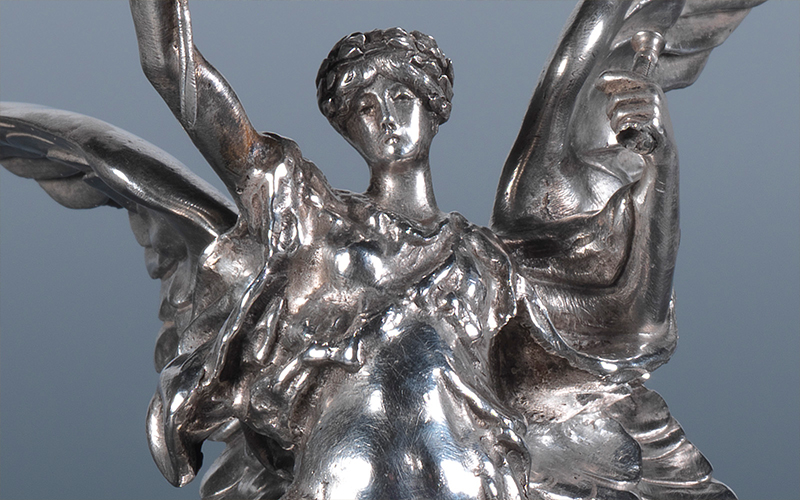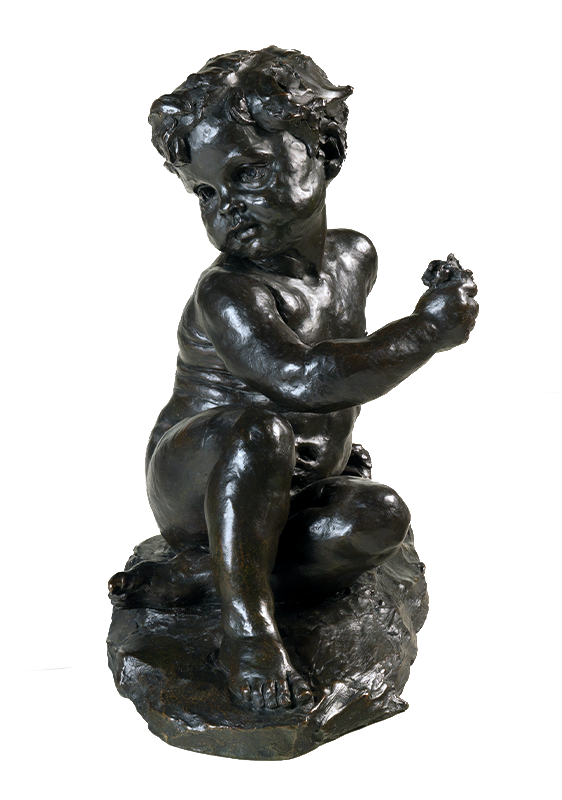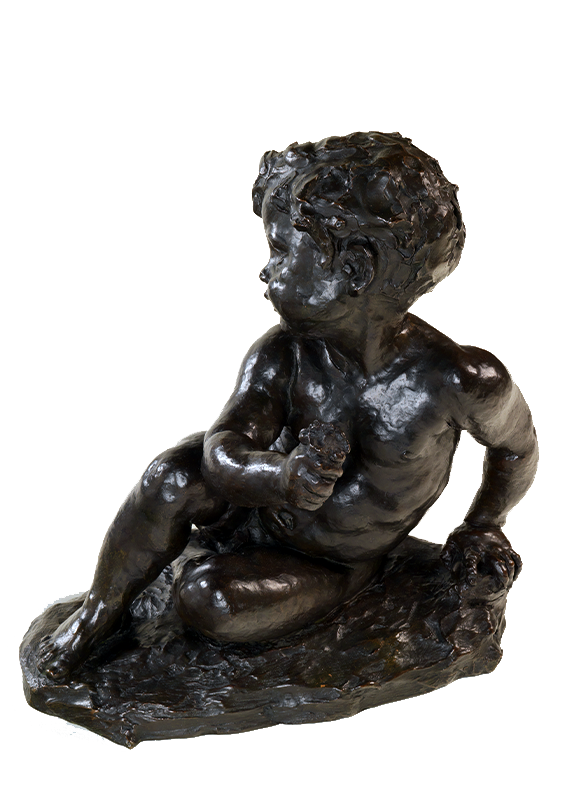Queen Victoria

Queen Victoria (1819–1901) reigned over the United Kingdom until her death, at the age of 81. In 1876, she also adopted the title of Empress of India. Her reign, which came to be known as the Victorian era, lasted 63 years, the second longest in the history of the United Kingdom, only surpassed by today’s Queen Elizabeth II.
She inherited the throne from her uncle, King William IV, at 18 years old. In 1840 she married Prince Albert, who became an important political adviser. Victoria and Albert married for love, in contrast to the marriages of convenience that were customary in the monarchy. Great lovers of the arts, they acquired various works, creating their own collection. Photography, in particular, was of great interest to the Queen, who contributed significantly to its dissemination in the United Kingdom.
Following the death of her husband, the Queen isolated herself, losing some of her popularity, which she won back during the second part of her reign. Her Golden and Diamond Jubilees were moments of great celebration in the Kingdom.
Victoria wrote various diaries during her life, some of which were published posthumously, revealing her true political influences. All over the world, there are places whose names were inspired by the Queen, such as Victoria (British Columbia, Canada), Regina (Saskatchewan, Canada), Victoria and Queensland (Australia) and Victoria (Seychelles).
The Victoria and Albert Museum, in London, was founded in 1852 and inaugurated by the Queen. In 1899, in her last public appearance, the monarch laid the foundation stone of the new wing of the museum, which adopted its current name in honour of the Queen and her husband Albert. In 1871, the Queen inaugurated the Royal Albert Hall, also in London, thus named in memory of the Prince.
In Calouste Gulbenkian’s collection there are at least two works associated with the Queen. The first is a bronze statuette of a child, made by Aimé-Jules Dalou, a replica of one of the figures that features in the monument dedicated to Victoria’s grandchildren who died in infancy. This sculptural group, formed of an angel sitting on a rock, surrounded by five children, was made for the Queen’s private chapel in Windsor Castle. As was common in sculpture, Dalou isolated one of the figures, replicating it, and Calouste Gulbenkian bought his copy in 1922.


The second work is a statuette in bronze, silver and onyx representing the Goddess Victoria, taken from the monument to Queen Victoria’s Golden Jubilee. Made by Alfred Gilbert, this figure acquired a status of its own, having been reproduced many times in different materials and sizes. The palm frond in the figure’s hand represents the peace that lasted throughout Victoria’s reign and the trumpet is an allusion to her fame. The statuette stands atop a globe, a symbol of the imperial power of the United Kingdom, and was acquired by Gulbenkian in 1915.
A Collection of Stories
On a weekly basis, we shared a story around Calouste Gulbenkian’s collection. This section was created in 2020, which is why the articles refer to the Calouste Gulbenkian Museum collection as the Founder’s Collection.
Other stories